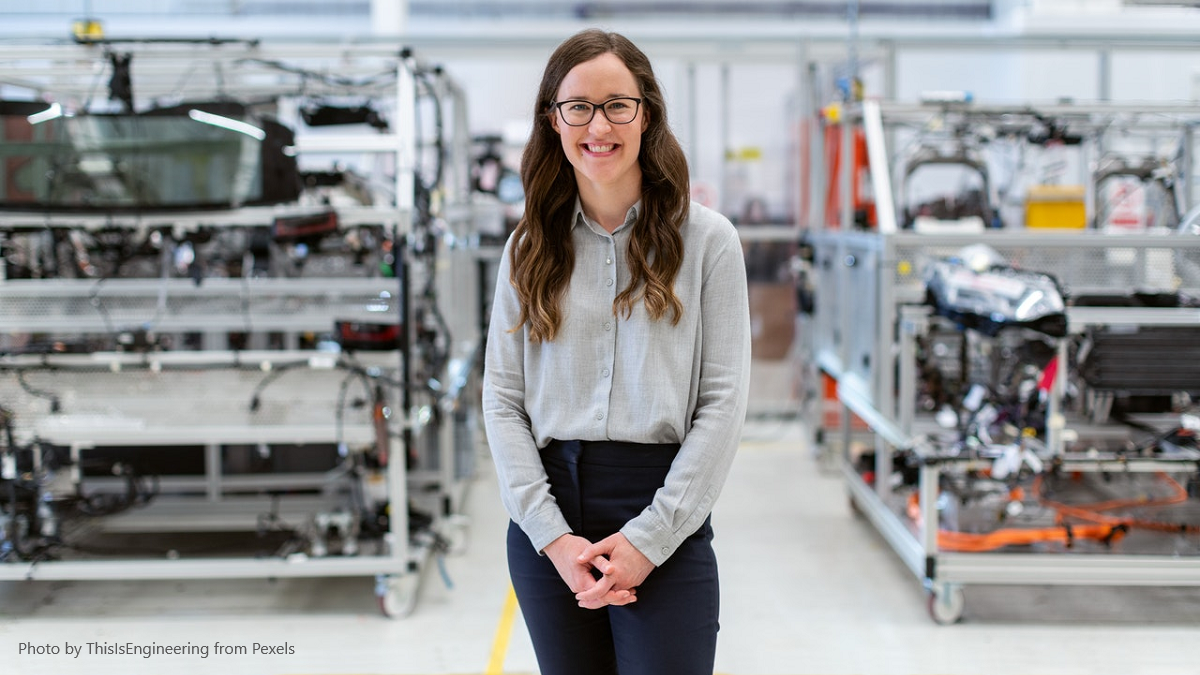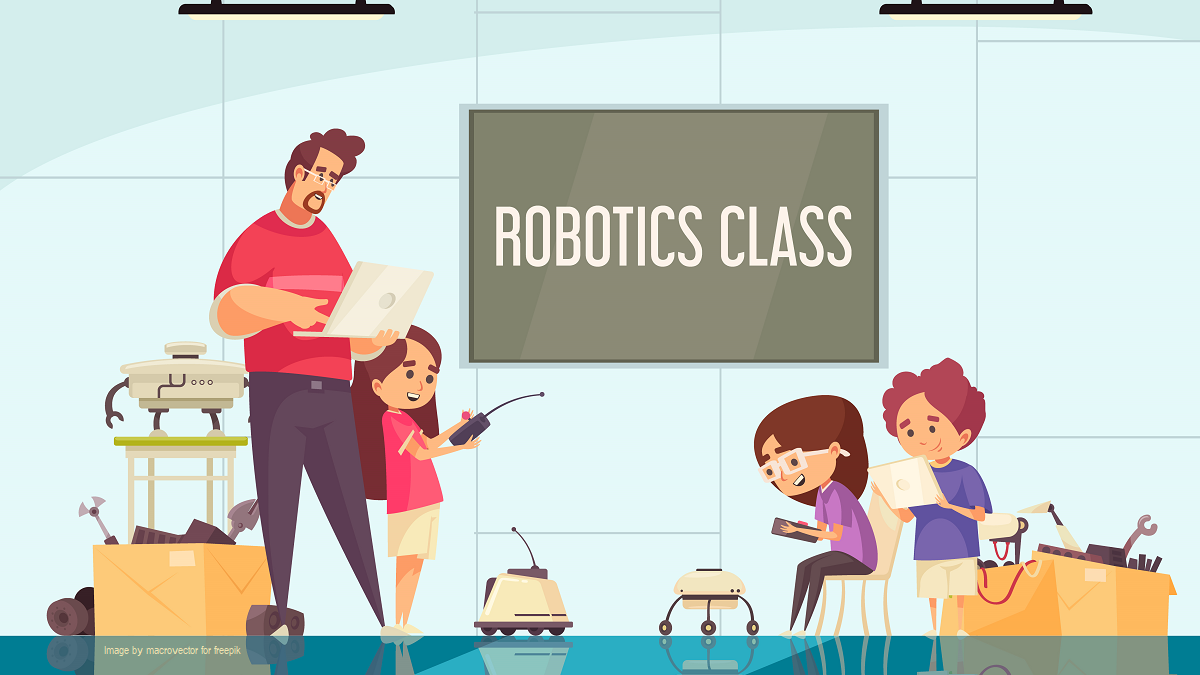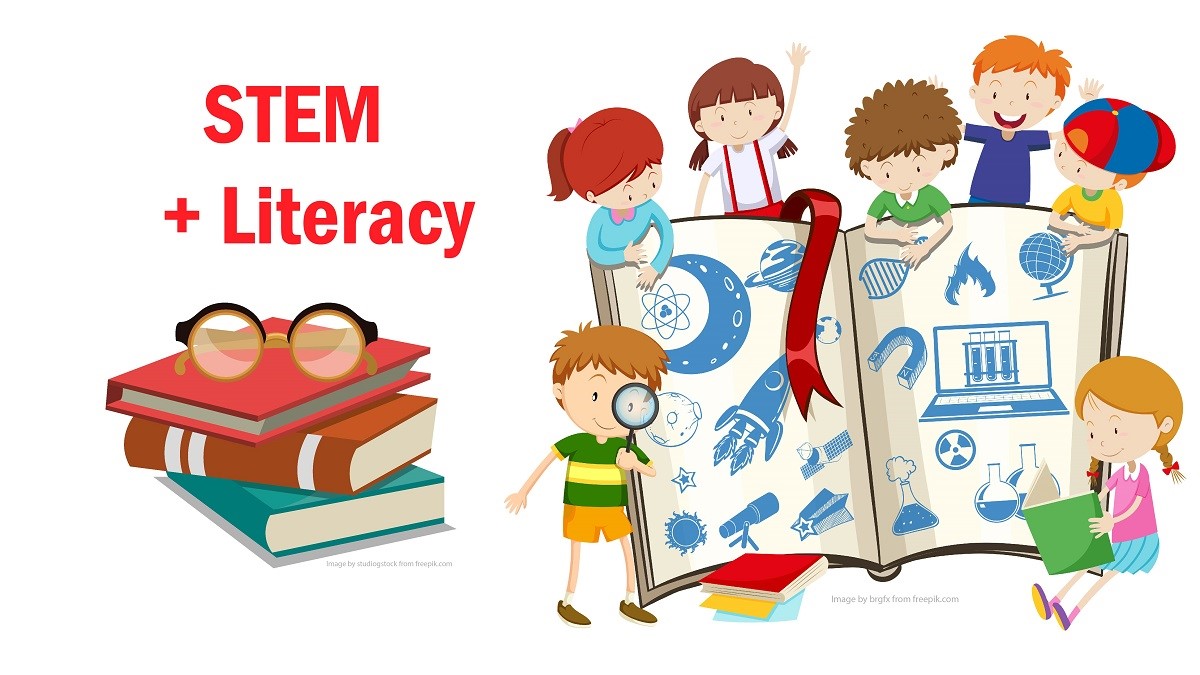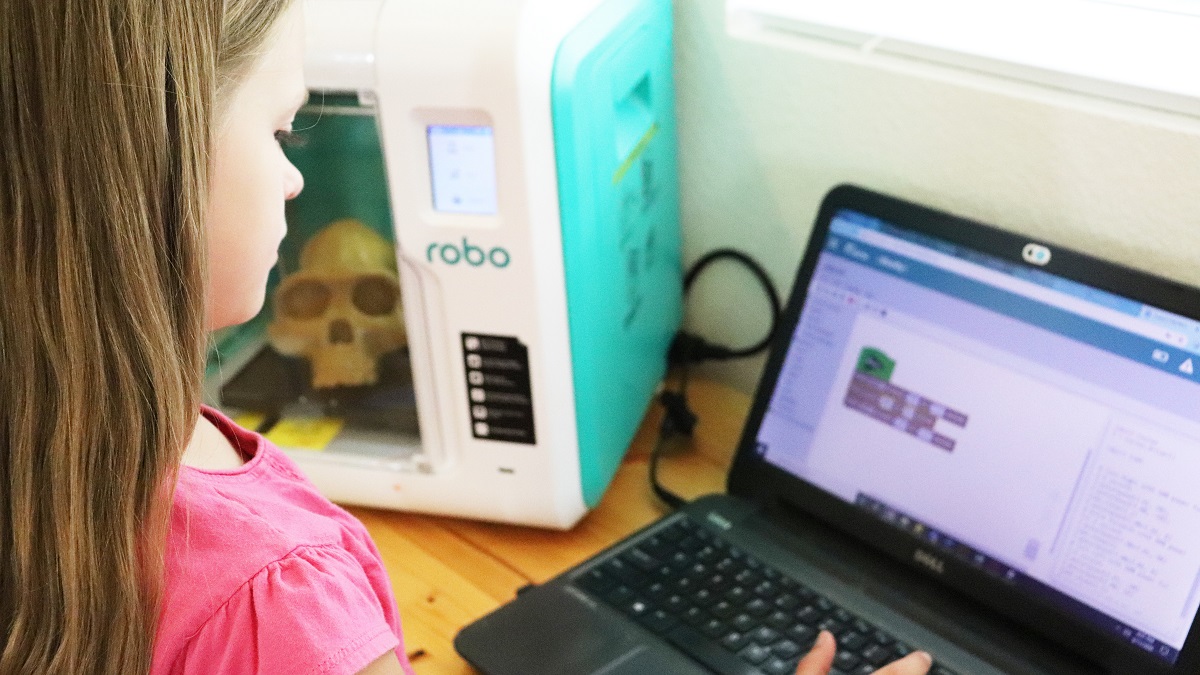Mechanical engineering is the discipline that applies the principles of engineering, physics, and materials science for the design, analysis, manufacturing, and maintenance of mechanical systems. It is one of the oldest and broadest of the engineering disciplines.
We are living in an age of Gen Zers who, as digital natives, are in tune with technological advances in communication such as social media, gaming, and conducting research almost exclusively using the internet. Their avenues for engagement are changing and teachers who are increasing STEM (science, technology, engineering, and mathematics) instruction in their classrooms are exploring ways to incorporate more hands-on, immersive learning experiences that combine innovative technology with real-world connections. The motivation for doing so is to see their students’ active participation in experiments and projects, as well as strengthening the four Cs of 21st-century skills: Critical Thinking, Collaboration, Communication, and Creativity.
Topics: STEM, STEM learning, Robotics
When it comes to financing, individuals, businesses, and organisations put their trust in the hands of those who can increase their net worth. These highly trained individuals are called financial advisors.
Topics: STEM, STEM education
Environmental engineering is a branch of applied science and technology that is designed to address the issues of energy preservation, protection of assets, and control of waste from human and animal activities, including managing public health solutions.
Topics: STEM, STEM education
3 Simple STEM Activities for National Walking Month
It’s the middle of both Walk to School Week and National Walking Month so clearly walking is essential to maintain physical health as well as to improve focus and concentration once students make it to school. It’s a great time to incorporate simple STEM activities to engage your students in learning and walking.
Topics: teacher tips, STEM, STEM learning
Integrating STEM to Support English Skills Learning
Teachers understand that education requires more than knowing how to read and answer questions about a text. A well-rounded education helps students build skills to fluently communicate ideas and thoughts, broaden their worldview by reading about other cultures, societies, and civilisations, and guide them in planning solutions to challenges faced by the world. Clearly, this can only happen through strong English and STEM learning. By integrating concepts and ideas from these key building blocks of education, students can reach for academic goals that will follow them through to adulthood and contribute to society.
The need to incorporate STEM (science, technology, engineering, and mathematics) regularly in the curriculum is essential. Why? Research has shown that the call for STEM-related jobs has grown much faster, as much as three times more, than the call for other jobs. The investment of time and resources in STEM instruction now is an investment in the STEM workforce.
Topics: STEM, STEM education, MyStemKits
Hannah Olson, co-creator of the award-winning MyStemKits STEM Curriculum, recently spoke with Larry Jacobs from Equity and Access Pre K-12 (ace-ed.org) on the topic of STEM education and careers, focusing on encouraging young women to explore what STEM has to offer.
Topics: STEM, STEM education, Podcast
Computer Support Specialists usually work in an organisation’s Information Technology (IT) department. They assist the staff and customers with analysing, troubleshooting, and evaluating computer and network problems.
Topics: STEM, STEM education
March 18th is Global Recycling Day and this year’s theme is ‘Recycling Heroes’ to recognise those who demonstrate the critical role that recycling plays. This includes what these recycling heroes do to help keep the environment clean and balanced. By recycling, we help decrease the need for collecting and processing non-renewable resources like coal and oil, and raw materials like trees. All these activities contribute to the pollution of our air and water, as well as increase greenhouse gas emissions thus affecting the climate. Recycling saves energy and reduces the hazardous effects of greenhouse gases such as the continued rise of global temperatures, melting ice caps, and the increased danger of wildfires. Really, we all could be recycling heroes by the actions we take. Here are activities to try with your class, even in a hybrid learning environment:
Topics: student learning, STEM, STEM learning











